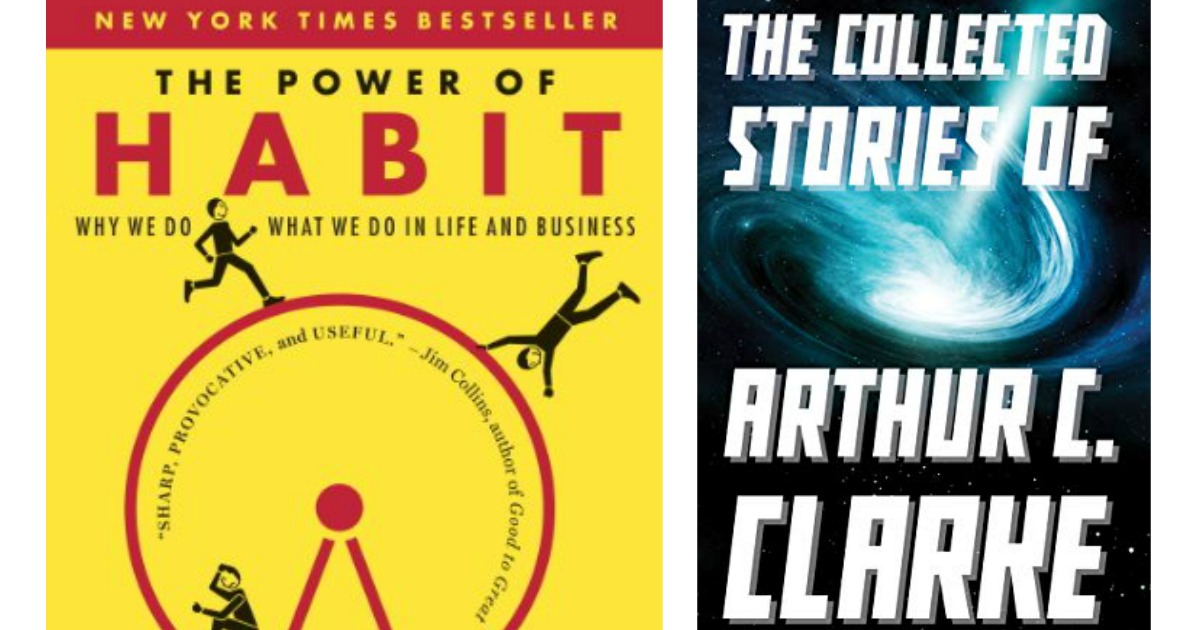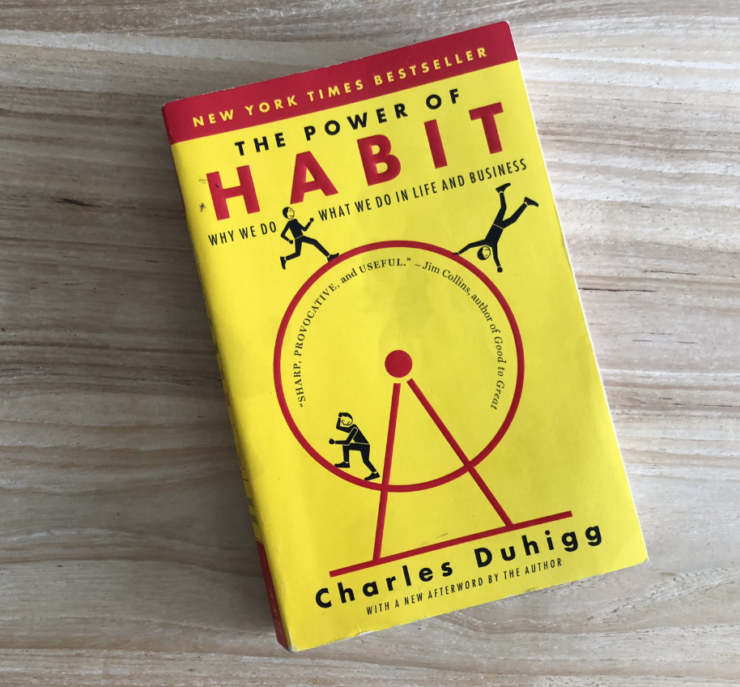

The areas of our brain that control our automatic behaviours such as breathing and swallowing are found close to our brain stem. They’re encoded into the structures of our brains, which is great as you don’t need to relearn things, however, the problem is that your brain can’t tell the difference between bad and good habits, so the bad ones remain. So unless you deliberately fight a habit, the pattern will unfold automatically. Our decision-making can be guided by our habits. The cue and reward become intertwined until a powerful sense of anticipation and craving emerges.

Then there is the routine, which can be physical, mental, or emotional.įinally, there is a reward, which helps your brain figure out if this particular loop is worth remembering for the future. įirst, there is a cue, a trigger that tells your brain to go into automatic mode and which habit to use. This process within our brains is a three-step loop. By mapping the context (cue) of the habit, they can extract a pattern that can be used to perform it. To use habits as a default, the brain must first be sure they are reliable to fall back on. To overcome this issue, the basal ganglia have devised a system where they decide when to let habits take over.

Our brains like to conserve energy, however, too much energy conservation would make us victims of our own laziness. More than 40% of the actions people performed each day weren’t actual decisions, but habits.Īs habits start to unfold, the grey matter allocated to it is free to chase other thoughts. Part One: The Habits of Individuals The Habit Loop: How Habits Work Charles Duhigg uses real-world examples that perfectly illustrate how each of the components that make up habits (cue, routine, and reward) plays a part in the habit-changing process. The Power of Habit is a great book that looks at the process of habit change by analysing its effect on an individual, organisational, and societal level.


 0 kommentar(er)
0 kommentar(er)
